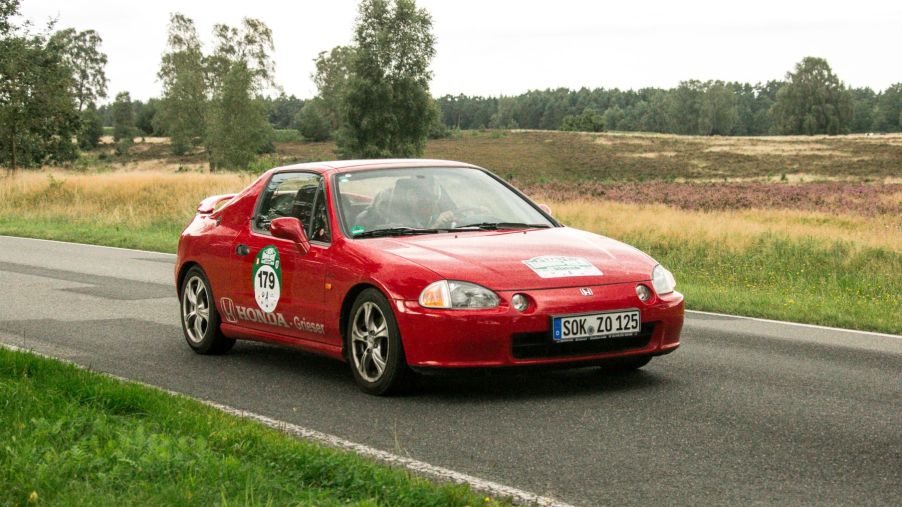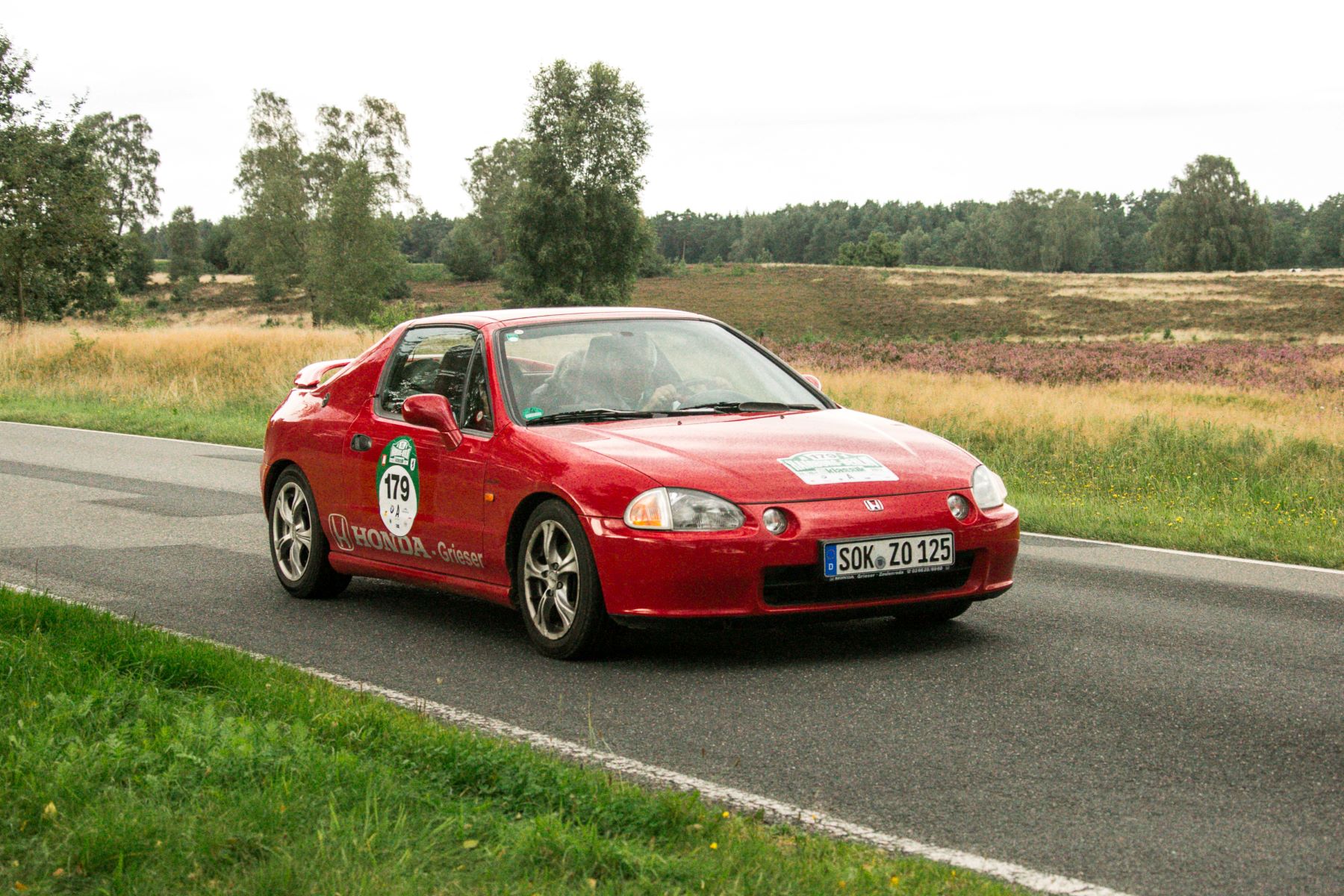
What Do the Letters CR-X Stand for in the Honda CR-X?
Unknown to many car enthusiasts, the Honda Civic banner dates back to the 1970s when the Japanese automaker released its Civic model, which reigned from 1972-1983. However, the carmaker launched a new exciting two-seat Sports Hatchback in June 1983 – the Honda CR-X – which packed a 1.3-liter carb-fed four-cylinder engine. The car took the sports car scene by storm in the 1990s thanks to its lightweight design, sharp handling, high fuel efficiency, and agile performance.
Most automotive buffs take vehicle model names at face value without being critical about what the term means. That said, have you ever wondered what the letters “CR-X” stand for in the Honda CR-X? Of course, anyone can take a wild guess, but in this article, we’ll determine the true meaning of the letters to help you better appreciate the legendary sports hatchback.
A brief history of the Honda CR-X

The Honda CR-X ranks among the most iconic (and missed) niche models throughout Honda’s history. Unveiled in June 1983, the CR-X underwent two generations before the Japanese automaker discontinued the model.
The model was essentially an improvement of the original Civic released in the 70s and was launched as part of the two Civic Si performance-based models at the time. However, the CR-X came with unique attributes that one would’ve been hard-pressed to see in other Civic models. These included enhanced sports handling and a tapered hatchback design with a rear spoiler. Under its hood was a high fuel-efficient 1.5-liter I4 engine with an impressive fuel-economy rating of 40 mpg on the highway.
Honda rolled out the first generation CR-X between 1984 and 1987, followed by the second generation, which sold from 1988 to 1991. According to Andy’s Auto Sport, the second-generation CR-X was built on Honda’s Civic platform. Still, one could differentiate it from the first-generation models by simply looking at its construction. It was heavier, wider, and longer, with a stand-alone sporty design embellished with uniquely designed headlamps, bumpers, suspension, and interior elements.
While the Si was a performance-focused model, the CR-X leaned more on a sporty look. However, Japanese and European models offered various engine options that upped horsepower levels by 50% (more on this later). Even so, the American version never gave up its fuel efficiency reputation, although other customized models soon encroached the market, trading fuel economy for actual street performance.
What does CR-X stand for?
There have been debates about what the “CR-X” in Honda CR-X means. People have tried to decipher the acronym’s meaning, but if you look it up on The Free Dictionary, the initials mean Civic Renaissance Model X.
Honda had previously produced the S500 Roadster, S600, and S800, which performed exceptionally well in their home market, but the models’ sales and popularity dipped in other markets. The entry of the CR-X marked a new era as Honda revamped its Civic line in 1984, and there was no better way to name the model other than Civic Renaissance-Model X. The model triggered Honda’s rebound to the automotive market, taking performance to higher heights with an engine that delivered 106 hp and 100 lb-ft of torque – enough to propel the vehicle from 0-60 mph in just 7.6 seconds. Based on a HotCars review, the car reached an impressive maximum speed of 135 mph.
From the CR-X to CR-X del Sol and the ongoing Civic sedan model
The stylish and sporty two-door Honda CR-X was retired in 1991 after making its market debut in 1984, which means it had a relatively short stint compared to other Honda models. So, why do we still find references to 1992 CR-Xs and even stranger, 1993-present CR-X models, yet there were no 1992 CR-Xs?
In 1992, Honda continued producing the CR-X only for their home market and Europe. As pointed out on Auto Evolution, the automaker even introduced a new VTEC engine technology with its 1992 CR-X VTEC. Meanwhile, the US was left out, but in 1993, Honda decided to market the two-seater sport hatchback with a catchy name – CR-X del Sol. A knowledgeable CR-X owner on the Honda Tech forum explained that the company gave the model a new name to achieve two objectives: spark new interest in its two-door sports coupe and lower the lofty insurance rates that plagued the CR-X.
However, one model that has stood the test of time is the Honda Civic sedan, which came in 1972 as a three-door sedan that closely resembled the hatchback but had a conventional trunk lid and fixed rear seats. After eleven generations, the Honda still dominates our roads. The iconic car, which came with a 50-hp 1.2-liter I4, is today a road monster available in eight trims and two engine options: a 158-hp 2.0-liter four-cylinder and a 180-hp turbocharged 1.5-liter four-cylinder engine.


